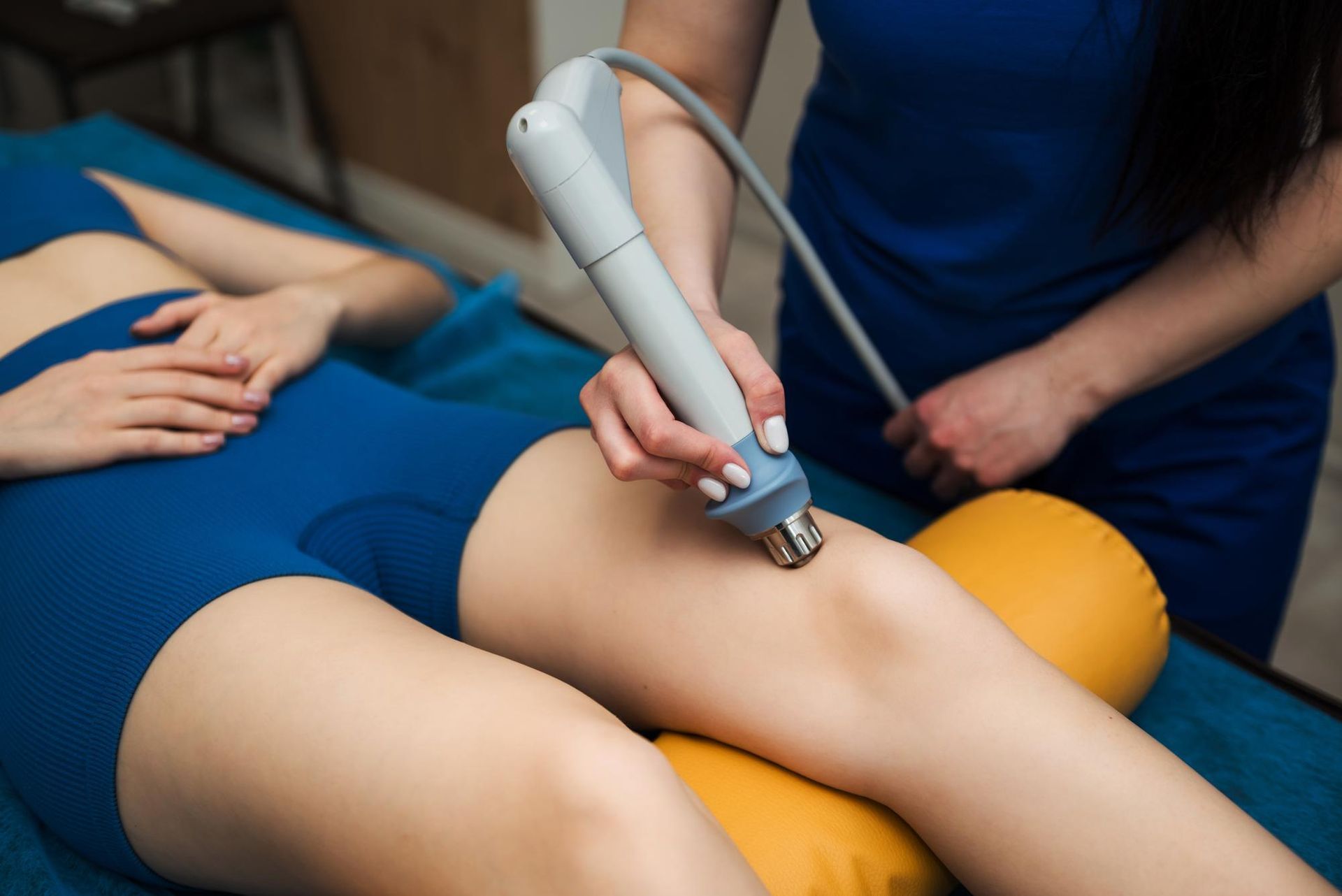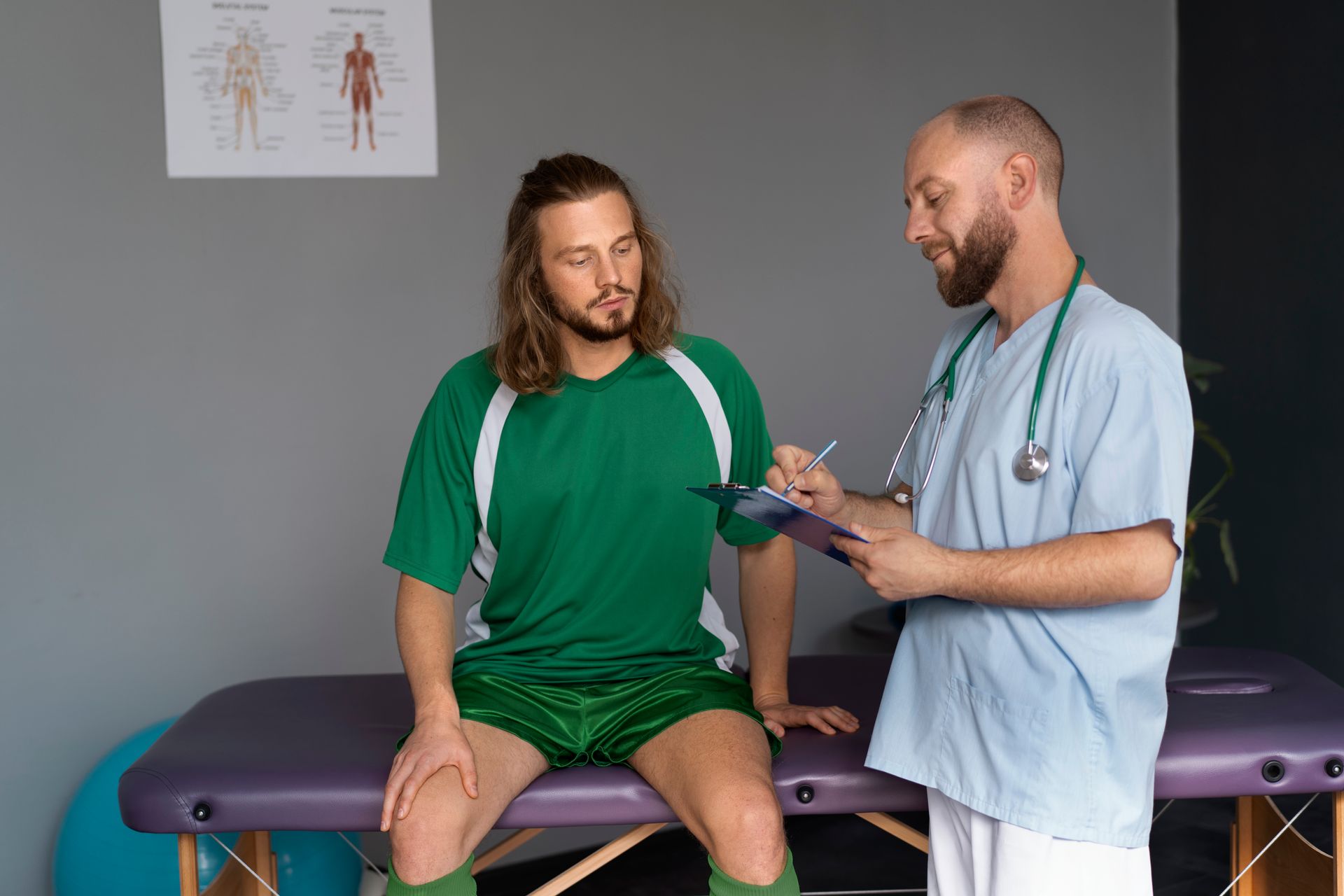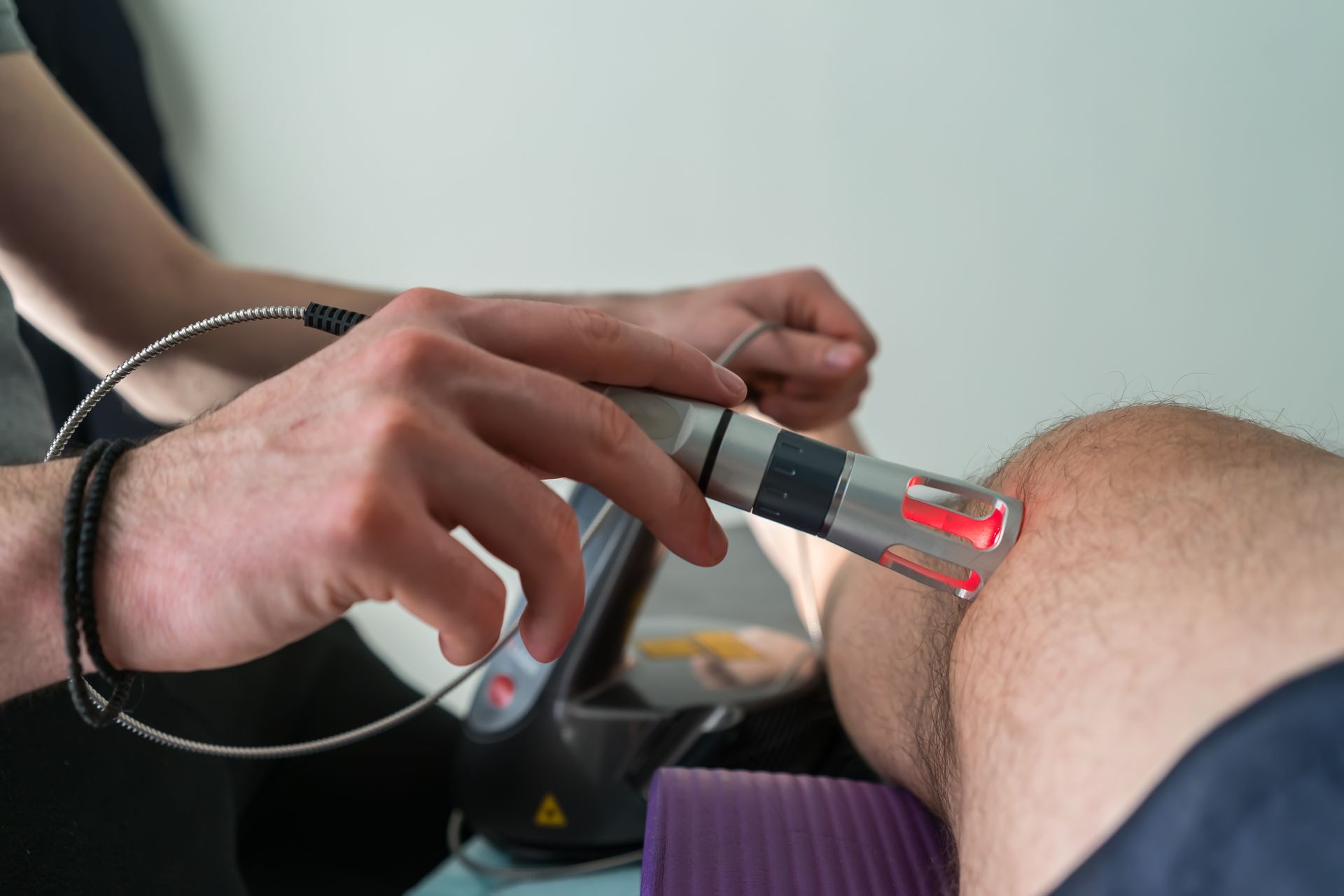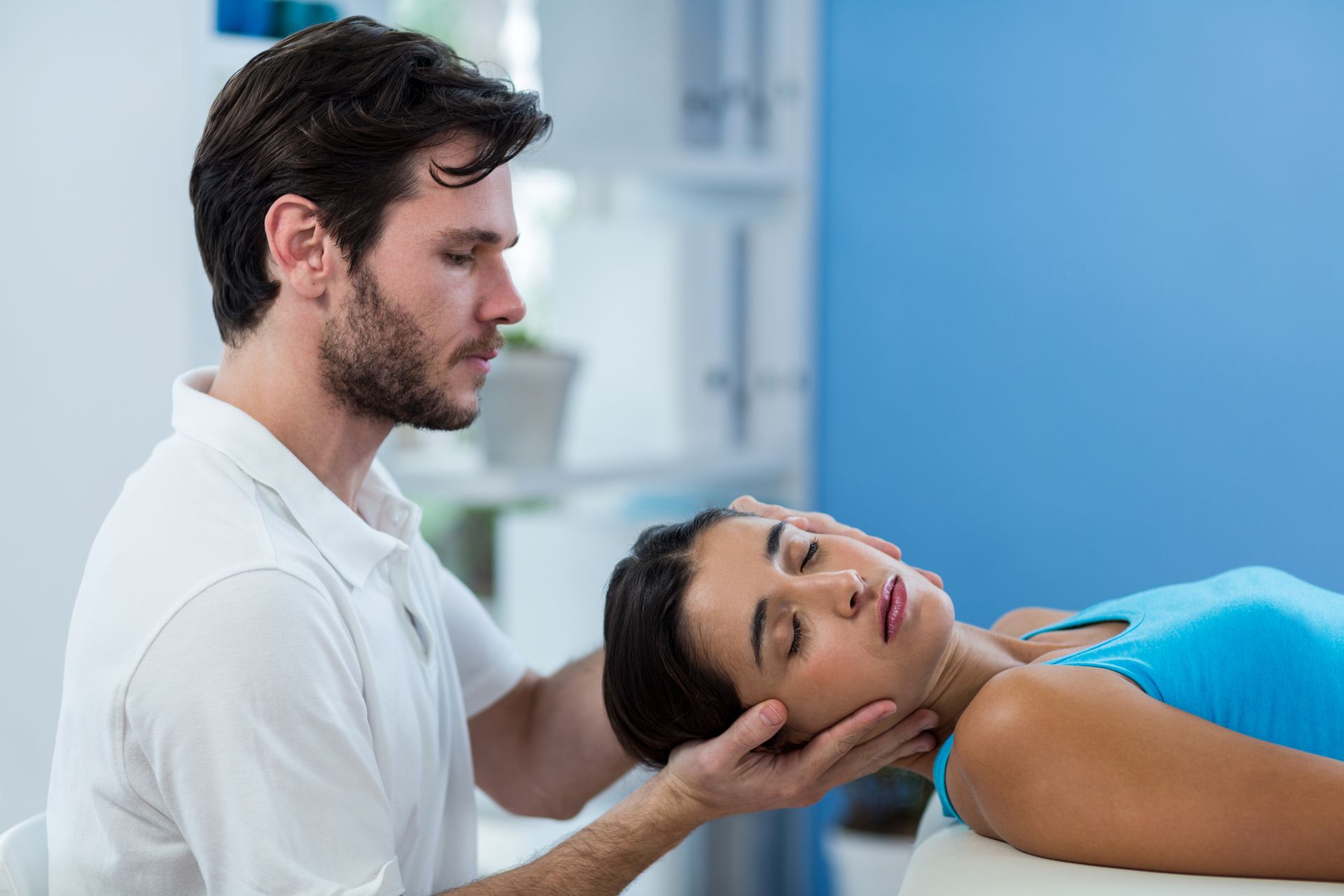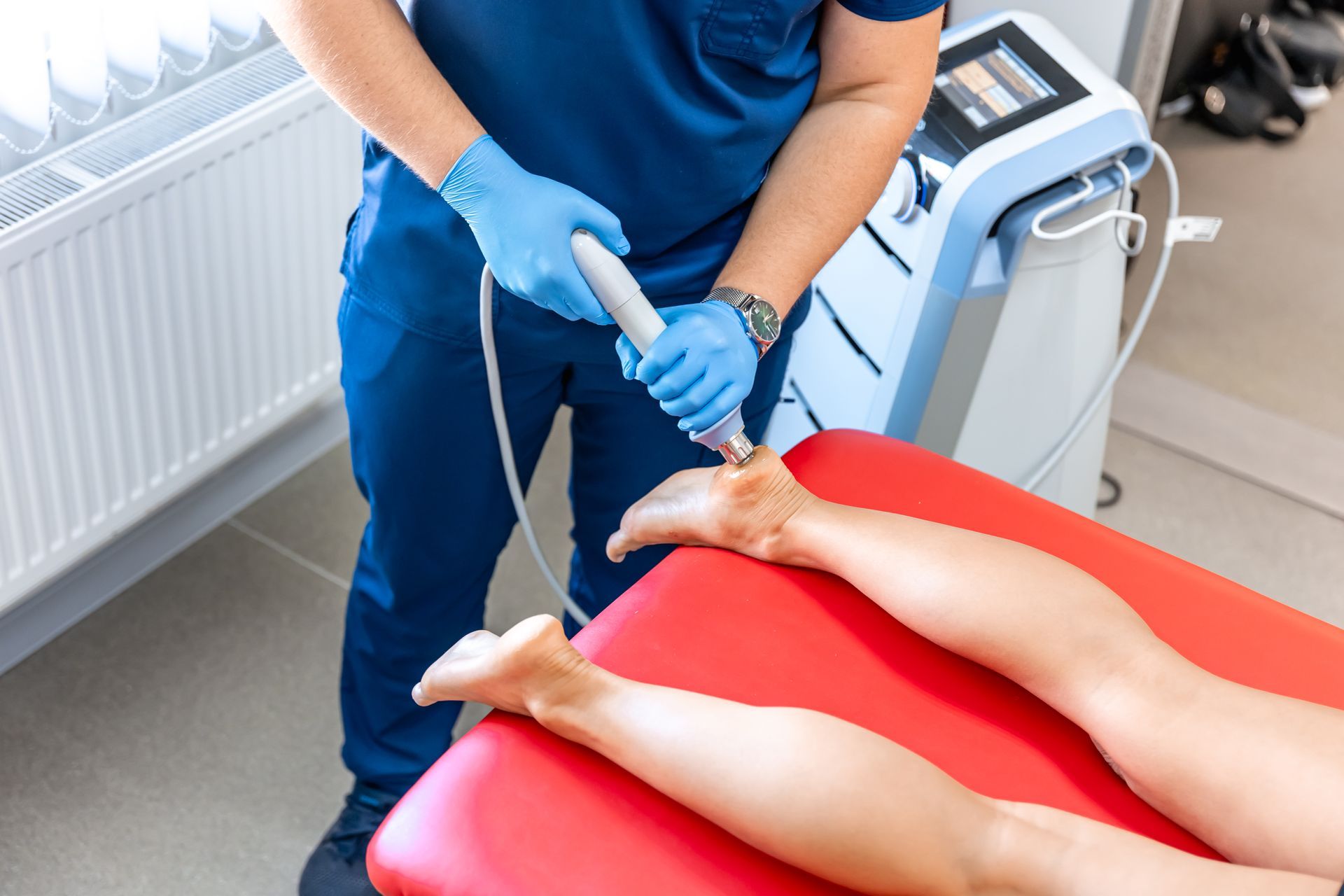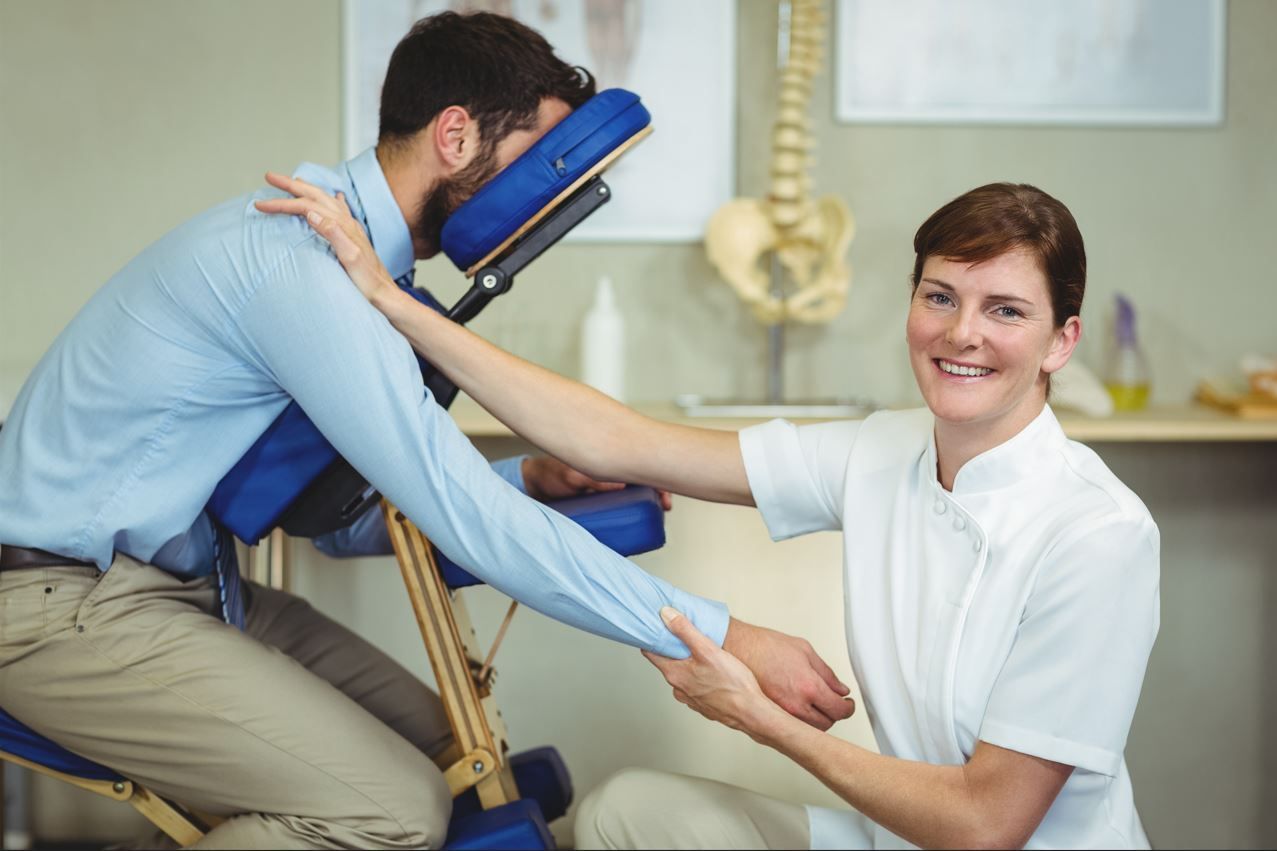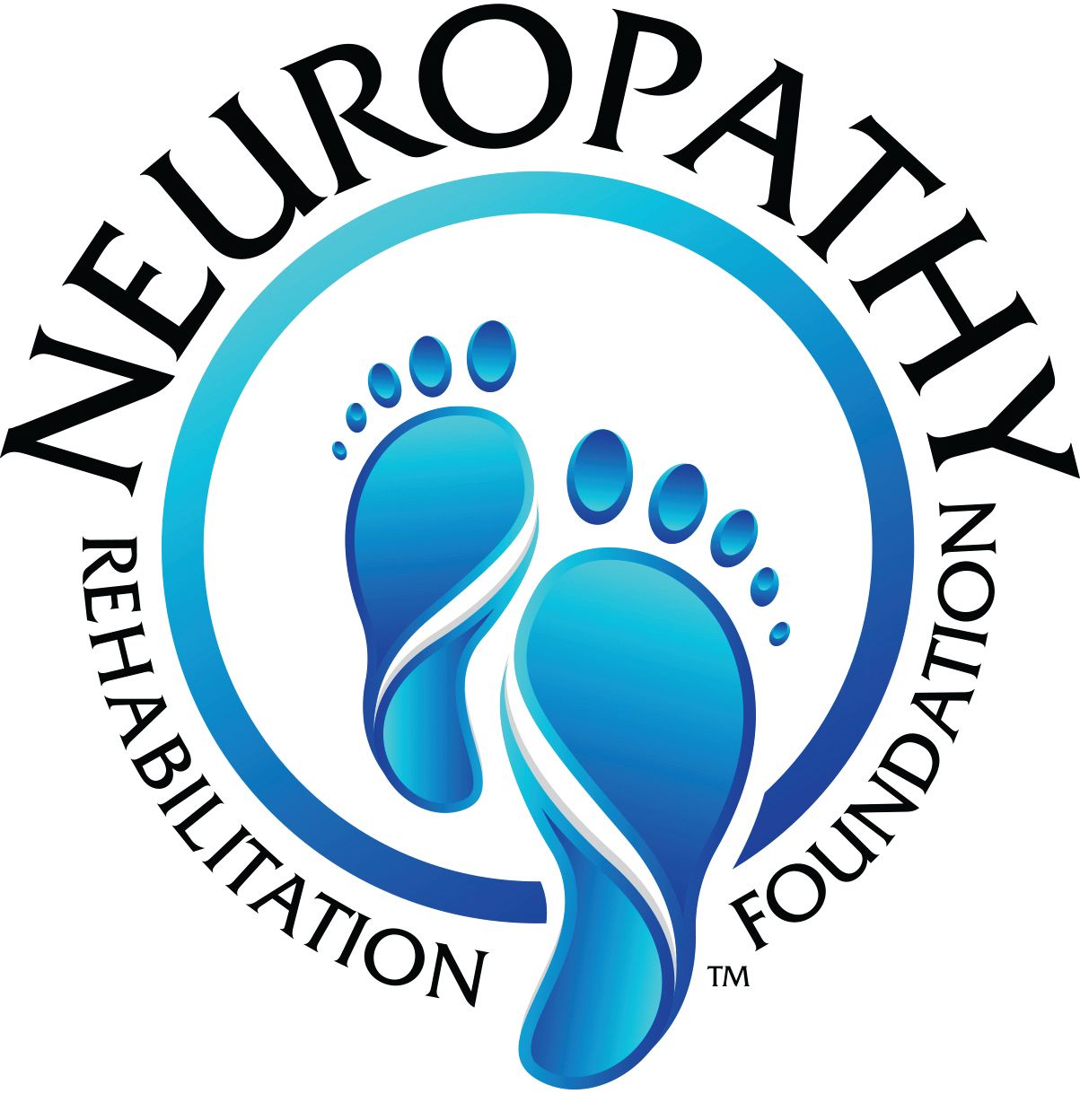Decompression Therapy vs. Traditional Chiropractic Care: What’s the Difference?
Back pain is a widespread ailment that affects countless individuals every day. While there are numerous treatment options available, decompression therapy and traditional chiropractic care have gained popularity for their effectiveness in alleviating pain. However, these treatments have distinct differences that may make one more suitable than the other for certain patients. In this blog, we'll explore the methods, advantages, and ideal candidates for each treatment to help you make an informed decision.
Understanding Decompression Therapy
Decompression therapy is a non-surgical treatment aimed at relieving back and neck pain. It works by gently stretching the spine, which alleviates pressure on compressed discs and allows vital nutrients and oxygen to flow back into the affected areas. This therapy is particularly beneficial for individuals suffering from herniated discs, sciatica, degenerative disc disease, and similar conditions that have not improved with conventional treatments.
Advantages of Decompression Therapy
One of the main advantages of decompression therapy is its ability to provide significant pain relief without the need for invasive procedures. This method is relaxing and therapeutic, making it an ideal choice for patients who have not found relief through other means. Additionally, decompression therapy is known for its fast recovery time, as it does not involve surgery or extensive recovery periods.
Traditional Chiropractic Care Explained
Traditional chiropractic care focuses on diagnosing and treating musculoskeletal conditions, primarily those related to the spine. Chiropractors use manual adjustments to correct spinal misalignments, which can reduce pain and improve overall function. Chiropractic care is known for its hands-on approach and is often used to treat back pain, neck pain, headaches, and other musculoskeletal issues.
Advantages of Chiropractic Care
A significant advantage of traditional chiropractic care is its holistic approach to health. Chiropractors not only address the immediate symptoms but also aim to improve overall wellness by addressing lifestyle factors and recommending exercises and stretches. This comprehensive care approach can be particularly beneficial for patients experiencing chronic pain or those looking to improve their overall health and wellness.
Decompression Therapy vs. Chiropractic Care: Key Differences
When comparing decompression therapy to traditional chiropractic care, the main differences lie in their techniques and focuses. Decompression therapy employs the stretching of the spine to relieve pressure, whereas chiropractic care utilizes manual adjustments to correct misalignments. While both are effective for treating back pain, they cater to slightly different needs and conditions.
Decompression therapy is often more suitable for patients with specific conditions such as herniated discs or degenerative disc diseases. On the other hand, chiropractic care is ideal for individuals seeking a broad approach to treating various musculoskeletal conditions and improving their overall health.
Choosing the Right Treatment for You
Deciding between decompression therapy and traditional chiropractic care can be challenging, especially when both offer considerable benefits. It's essential to consult with a healthcare professional who can evaluate your specific condition and recommend the best course of action.
For residents of Lincoln County and surrounding areas, ProWellness Family Chiropractic provides both decompression therapy and chiropractic adjustments using advanced techniques like the Sigma Instrument. The dedicated team at ProWellness Family Chiropractic tailors each treatment to the patient's unique needs, ensuring the most effective path to a pain-free life.
Integrating Alternatives for Optimal Recovery
In some cases, combining both decompression therapy and traditional chiropractic care might offer the best results. For instance, a patient with herniated discs could benefit from the initial relief provided by decompression therapy, followed by chiropractic care to address any underlying musculoskeletal issues and promote long-term wellness.
Furthermore, additional treatment options like shockwave therapy, Class 4 Laser Therapy, and ultrasound therapy can complement these primary treatments. Shockwave therapy, for instance, is effective in treating conditions like plantar fasciitis and tendinitis. Class 4 Laser Therapy promotes faster recovery and reduces inflammation, while ultrasound therapy enhances healing and reduces pain.
Final Thoughts
The decision to choose between decompression therapy and traditional chiropractic care hinges on the specific needs and conditions of the patient. Both methods offer unique benefits and can be integral in managing back pain. By consulting with professionals like Dr. Robin Owings at ProWellness Family Chiropractic, patients can receive informed guidance and a customized treatment plan. Whether you opt for decompression therapy, chiropractic care, or a combination, the goal is to pave the way to a healthier, pain-free life.

